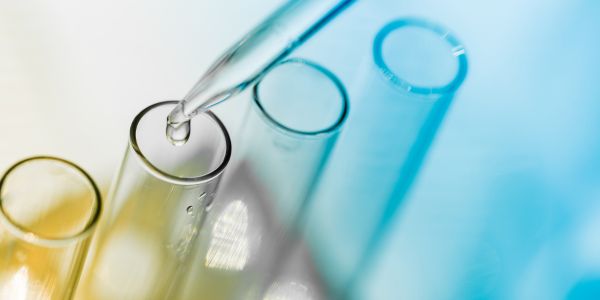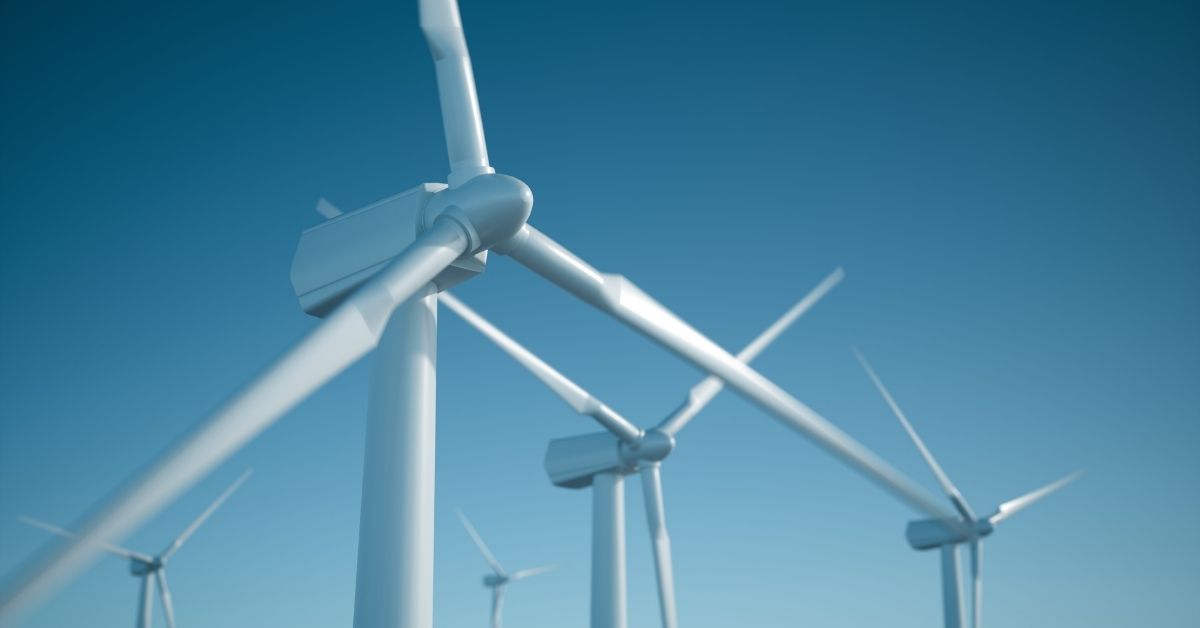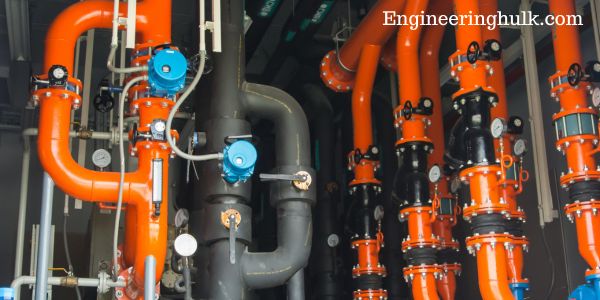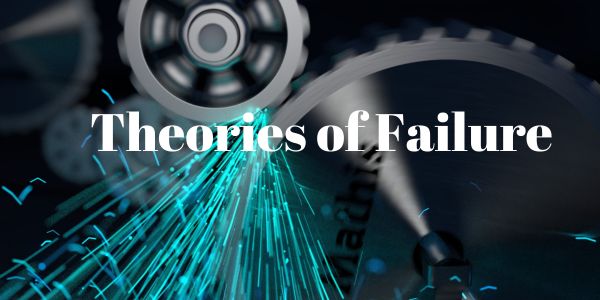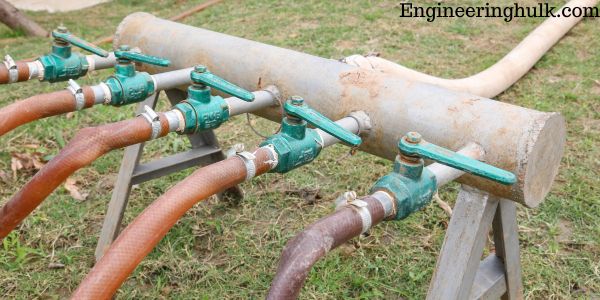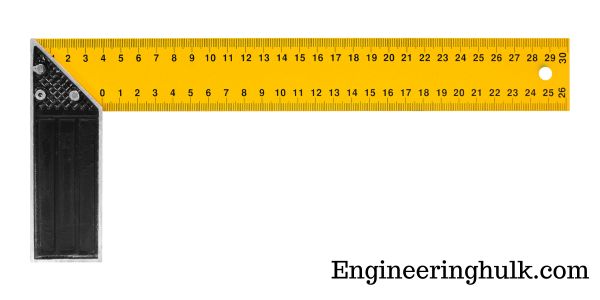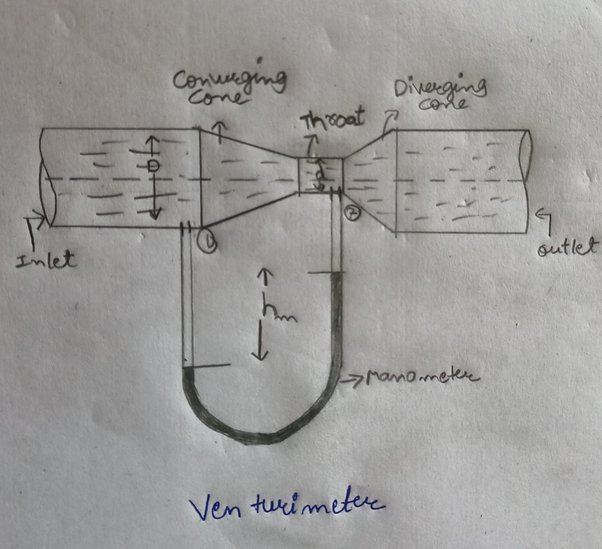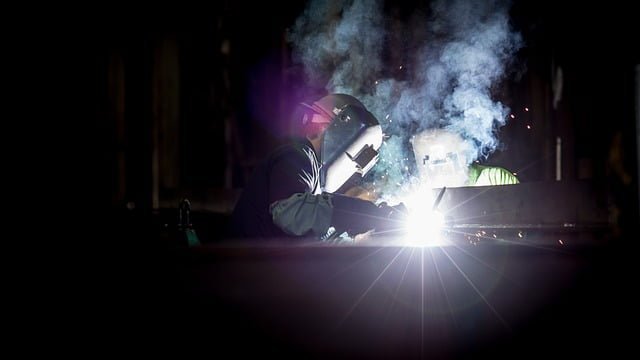Table of Contents
Introduction
Metal is a fundamental and indispensable part of our world, playing a crucial role in various industries, from construction and transportation to electronics and art. Its versatility, durability, and unique properties make it a preferred material in countless applications.
Ferrous Metals
Ferrous metals are primarily composed of iron and include a range of alloys. They are known for their exceptional strength and durability. The two main categories of ferrous metals are:
a. Cast Iron: Cast iron is characterized by its high carbon content, typically between 2% and 4%. This type of metal is brittle but has excellent casting properties, making it suitable for engine blocks, cookware, and pipes.
b. Steel: Steel is an alloy of iron with small amounts of carbon and other elements, such as chromium, nickel, and manganese. There are numerous types of steel, including carbon steel, stainless steel, and alloy steel, each with distinct properties and applications. Carbon steel is commonly used in construction, while stainless steel is favored for its resistance to corrosion and is used in appliances, cutlery, and medical equipment.
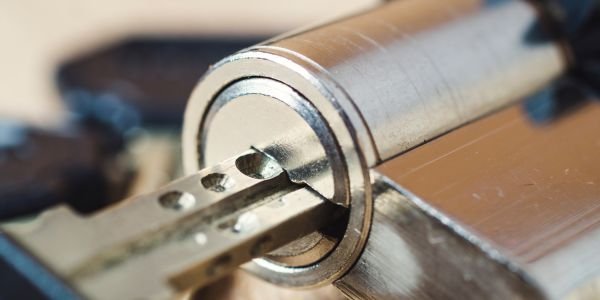
Non-Ferrous Metals
Non-ferrous metals, in contrast to ferrous metals, do not contain significant amounts of iron. They are prized for their lightweight, corrosion resistance, and electrical conductivity. Some prominent non-ferrous metals include:
a. Aluminum: Aluminum is one of the most abundant metals on Earth. It is lightweight, non-corrosive, and highly malleable, making it ideal for aerospace, automotive, and packaging industries. Aluminum alloys like 6061 and 7075 are frequently used in structural components and aircraft construction.
b. Copper: Copper is valued for its excellent electrical and thermal conductivity. It is used extensively in electrical wiring, plumbing, and electronic components. Copper alloys, such as bronze and brass, offer improved strength and corrosion resistance, making them suitable for artistic and architectural applications.
c. Zinc: Zinc is commonly used as a protective coating for steel and iron (galvanization) due to its corrosion-resistant properties. It is also an essential component in the production of batteries and alloys, like brass.
d. Lead: Although its usage has decreased due to environmental concerns, lead was historically used for pipes, roofing, and radiation shielding. Today, lead-acid batteries remain a significant application.
Precious Metals
Precious metals are rare and highly valuable due to their scarcity and desirable properties. They are primarily used in jewelry, currency, and investment commodities. The most well-known precious metals include:
a. Gold: Gold is renowned for its lustrous appearance, malleability, and resistance to corrosion. It has been used for jewelry, coins, and as a store of value for centuries.
b. Silver: Silver shares many properties with gold, including conductivity and resistance to corrosion. It is used in jewelry, silverware, and electronics.
c. Platinum and Palladium: These dense, silvery-white metals are often used in catalytic converters, which reduce harmful emissions from vehicles. They are also found in fine jewelry.
Rare Earth Metals
Rare earth metals are a group of 17 elements in the periodic table, including lanthanides and scandium. Despite their name, some of these metals are relatively abundant in the Earth’s crust. They are crucial in the production of high-tech devices like smartphones, wind turbines, and electric vehicle batteries.
- Titanium:
- Titanium is known for its exceptional strength-to-weight ratio and corrosion resistance. It is commonly used in aerospace applications, such as aircraft components and spacecraft, due to its lightweight nature. Additionally, titanium is used in medical implants, like artificial joints and dental implants, because of its biocompatibility and resistance to bodily fluids.
- Nickel:
- Nickel is a versatile metal with excellent resistance to corrosion and high-temperature environments. It is frequently alloyed with other metals, such as iron and chromium, to create materials like stainless steel. Nickel is also used in batteries, electrical wiring, and as a coating for decorative objects.
- Tungsten:
- Tungsten is known for its extreme melting point, making it suitable for high-temperature applications, such as light bulb filaments and electrical contacts. It is also used in the aerospace industry for its strength and durability. Tungsten carbide, a compound of tungsten and carbon, is used in cutting tools and abrasives.
- Magnesium:
- Magnesium is one of the lightest structural metals, making it valuable in industries where weight reduction is critical, such as automotive and aerospace. It is also used in the manufacturing of electronic devices and as an alloying element in aluminum to improve its strength.
- Beryllium:
- Beryllium is known for its remarkable stiffness, lightness, and thermal conductivity. It is used in aerospace and defense applications, as well as in X-ray equipment due to its transparency to X-rays. However, it is essential to handle beryllium with care as it can be toxic when inhaled as dust or fumes.
- Cobalt:
- Cobalt is a lustrous, hard metal known for its magnetic properties and high-temperature stability. It is a crucial component in the production of superalloys used in gas turbine engines and aerospace applications. Additionally, cobalt is used in the manufacturing of rechargeable lithium-ion batteries, particularly in the cathodes.
- Zirconium:
- Zirconium is highly resistant to corrosion, even in aggressive environments like those found in nuclear reactors. It is commonly used in the nuclear industry for fuel rods and reactor components due to its low neutron absorption properties. Zirconium is also employed in the production of surgical instruments and implants.
- Plutonium:
- Plutonium is a radioactive, synthetic metal with various isotopes. It has been primarily used in the nuclear industry, particularly in the production of nuclear weapons and as a fuel in certain types of nuclear reactors. Due to its radioactivity and potential for misuse, plutonium is highly controlled and regulated.
- Ruthenium:
- Ruthenium is a rare transition metal known for its corrosion resistance and electrical conductivity. It is used as a catalyst in various industrial processes, including the production of ammonia and petrochemicals. Ruthenium alloys are also used in electrical contacts and as a hardening agent in platinum and palladium alloys.
- Hafnium:
- Hafnium is often found in conjunction with zirconium, and it shares some of its properties, such as corrosion resistance. Hafnium is used in nuclear reactors as a control rod due to its ability to absorb neutrons efficiently. It is also utilized in the aerospace industry for its high-temperature stability in applications like rocket engines and turbine blades.

Metal is an integral part of our modern world, with a vast array of types and applications. Whether it’s the strength of ferrous metals, the versatility of non-ferrous metals, the beauty of precious metals, or the innovation driven by rare earth metals, each type plays a unique role in various industries. Understanding the characteristics and applications of these metals is essential for appreciating the technological and artistic achievements that rely on their remarkable properties.
Also, read Welding Aluminium





